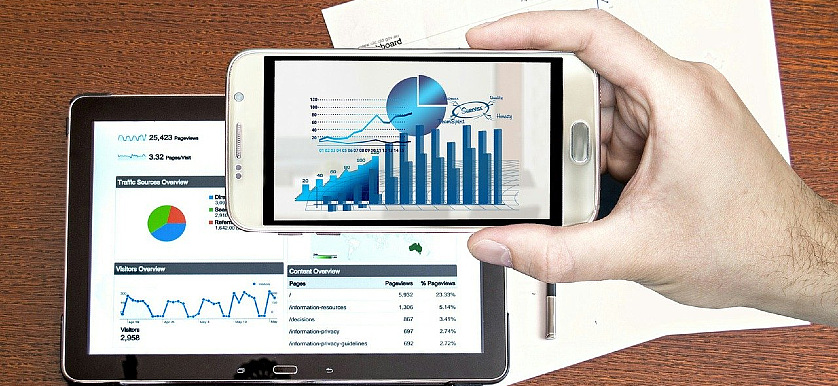How RPA is Enhancing the Efficiency of Business Operations

Over the last decade, Robotic Process Automation (RPA) has been evolving silently and is now utilized for enterprise-scale deployments. RPA has revolutionized the way large organizations operate over the last few years, helping organizations administer their IT support processes, remote infrastructure management, workflow processes, and business processes.





